The phone rings and you get the call that every grandparent loves to receive – the grandkids are coming to visit! Your first reaction is pure joy. Your second is concern. What will you do with your dog while the little ones are over? If your dog isn’t used to being around children, don’t worry – there are some steps you can take in advance to relieve everyone’s stress.
First, let’s be honest for a second. Young children are downright unpredictable, being sweet and snuggly one minute, and toddling around like a drunken soldier the next. And the volume? Oy. But it’s important to acknowledge two crucial facts: dogs are animals; kids are kids. Neither are human adults with good judgement, and both have a breaking point. It is going to be your job to protect both your dog from the grandkids and to protect the grandkids from your dog.
Body Language
If your dog has never spent time around kids, it’s time to get to work. Take a walk together near a school during recess time and watch your dog’s body language. Start a block or two away, and then only move closer if your dog’s body language is soft and happy. Is your dog focused on you? Is he able to take treats? If so, these are great signs that your dog is relaxed. Does he tense up and get stiff? If your is so focused on the action across the street to notice that you exist, it’s time to back up and move farther away. You’ll need to put on your detective hat and determine if your dog seems comfortable or distressed, and that will inform how you approach managing the situation when your grandkids are in your home.
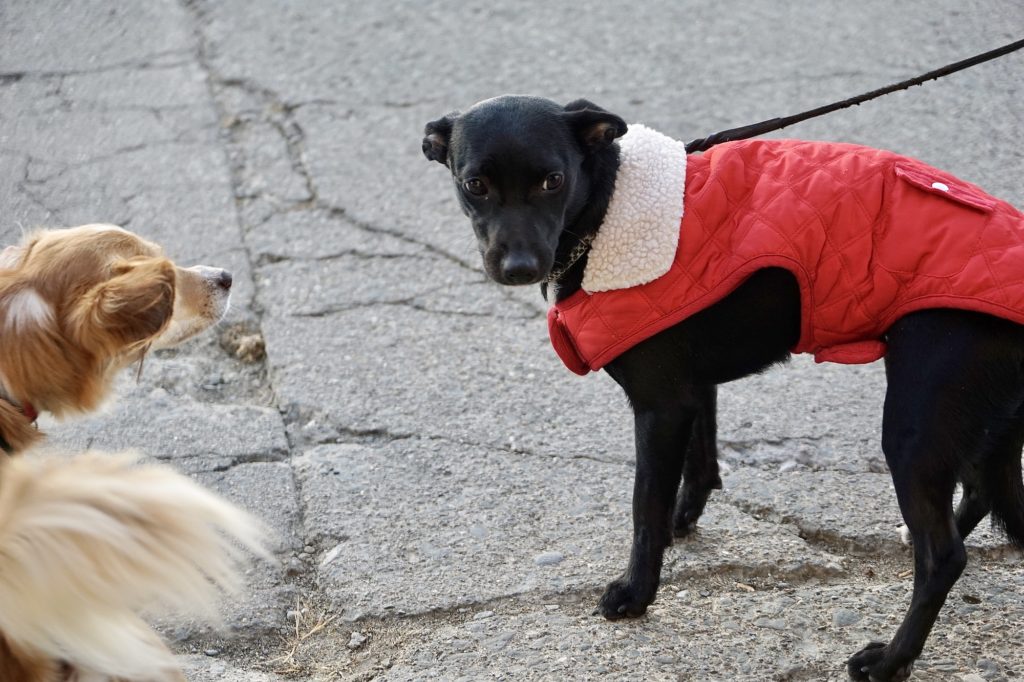
Photo by Pooch Parenting.
A few important reminders: If your dog growls, your first inclination might be to ask him to stop. It’s a little frightening. But actually, you should thank him for growling. It’s the equivalent to a yellow traffic signal – a warning sign between Go and Stop. It’s likely that he used a variety of different body language cues to indicate his discomfort, but perhaps you didn’t notice them. Examples include tongue flicks, yawns, looking away, seeing the whites around the dog’s eyes, a closing or stiffening of the jaw, the tail or ears dropping, and many more.
Schedule
Some dogs LOVE children. They can be really fun playmates. But for the shy or fearful dog, children can be terrifying. Not only do they act differently from the adults in their lives, but they change the routine that the dog is used to. If your dog is used to a very rigid schedule, now is the time to start to mix things up a bit. Move breakfast a smidge earlier or later. Same goes for dinner and walk time. When you have visitors, it helps if your dog is accustomed to going with the flow. If you spend adequate time playing games, training, walking and petting your dog, he will know that he will have all of his needs met, and will be less concerned when there are minor changes to life around the house.
Set Up for Success
Playful, rambunctious dogs may get overstimulated when the grandkids are over, so it’s important that you set up some physical barriers in the house to prevent things from getting out of hand. It can be frustrating to see your grandchild too nervous to come into the kitchen because the dog might knock her over, shove a slimy toy into her hand, or scratch her with his pointy claws. The good news is that there are lots of options for using barriers that are temporary and portable. We’re not talking about a permanent construction project here. Baby gates, x-pens and crates can be used as barriers to protect both the dog and the child. Everyone can benefit from a safe escape from time to time.
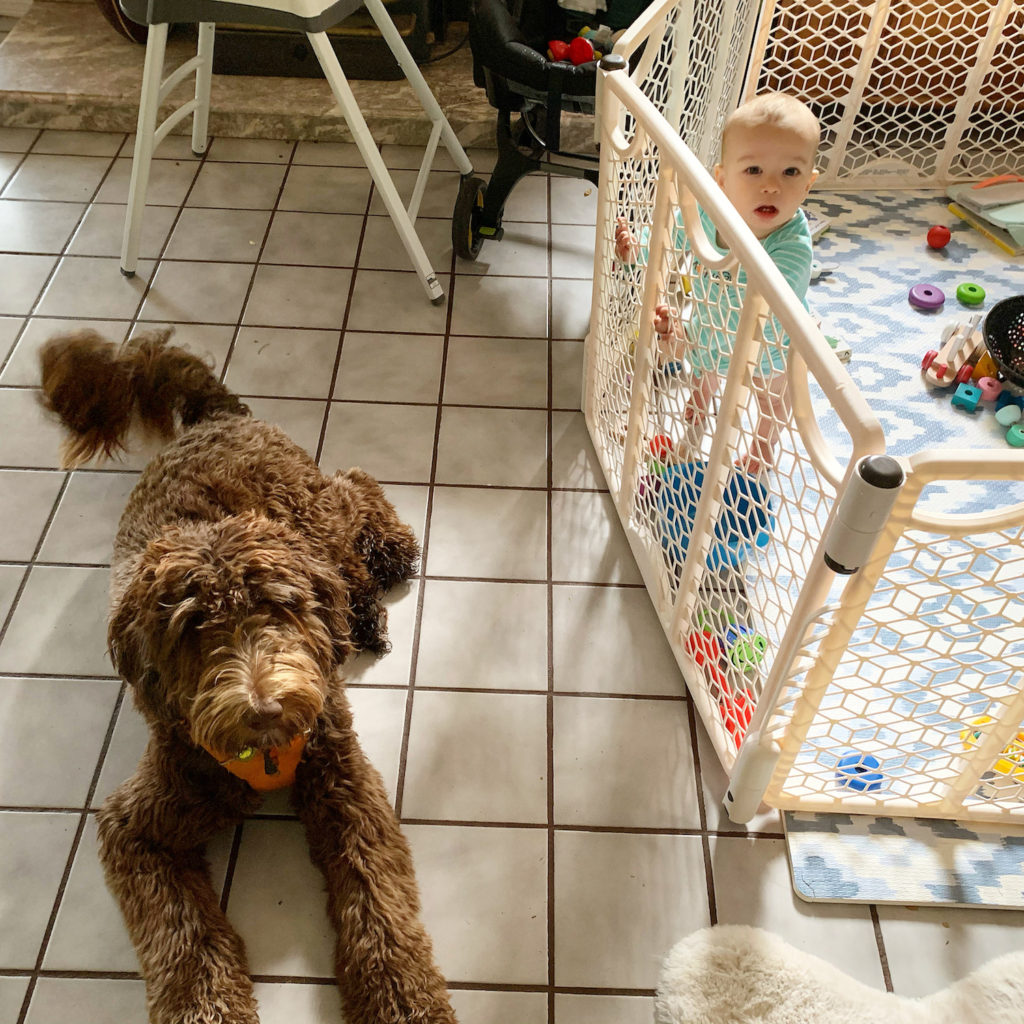
If your dog is not used to spending time apart from you in the house, now is the time to start. Set up a baby gate in the doorway to the kitchen while you are making dinner occasionally. Not only will your pup be able to still see you, but you can spill food on the floor without worrying that your pooch will rush over to pick it up. Some dogs really enjoy having a blanket or dog bed on the other side of the gate, so they have a place to settle down while still keeping an eye on you. Want it to be even easier? Give your dog a special bone when he is apart from you.
Supervision
You are no dummy – of course you know that you are supposed to supervise the dog and kids at all times. But just because you are in the same room as the grandkids and your dog doesn’t mean that you are really “supervising.” Let’s say that the toddler is playing with toys on the floor of the family room. The dog is on his bed and you are on the sofa answering a text message. Oops – you are physically present, but not really watching. Before you know it, you might glance up and see the toddler crawling towards the dog bed! Yikes – you jump up to intervene. Now you are reacting once you notice a potential problem. Ideally, though, there should be no risk of trouble in the first place. That’s where baby gates and other types of Success Stations can come in handy. On the other hand, feel free to invite your pooch over while you and the grandkids are reading together on the couch. That’s perfect – in this case, you are fully present and are completely supervising the situation.
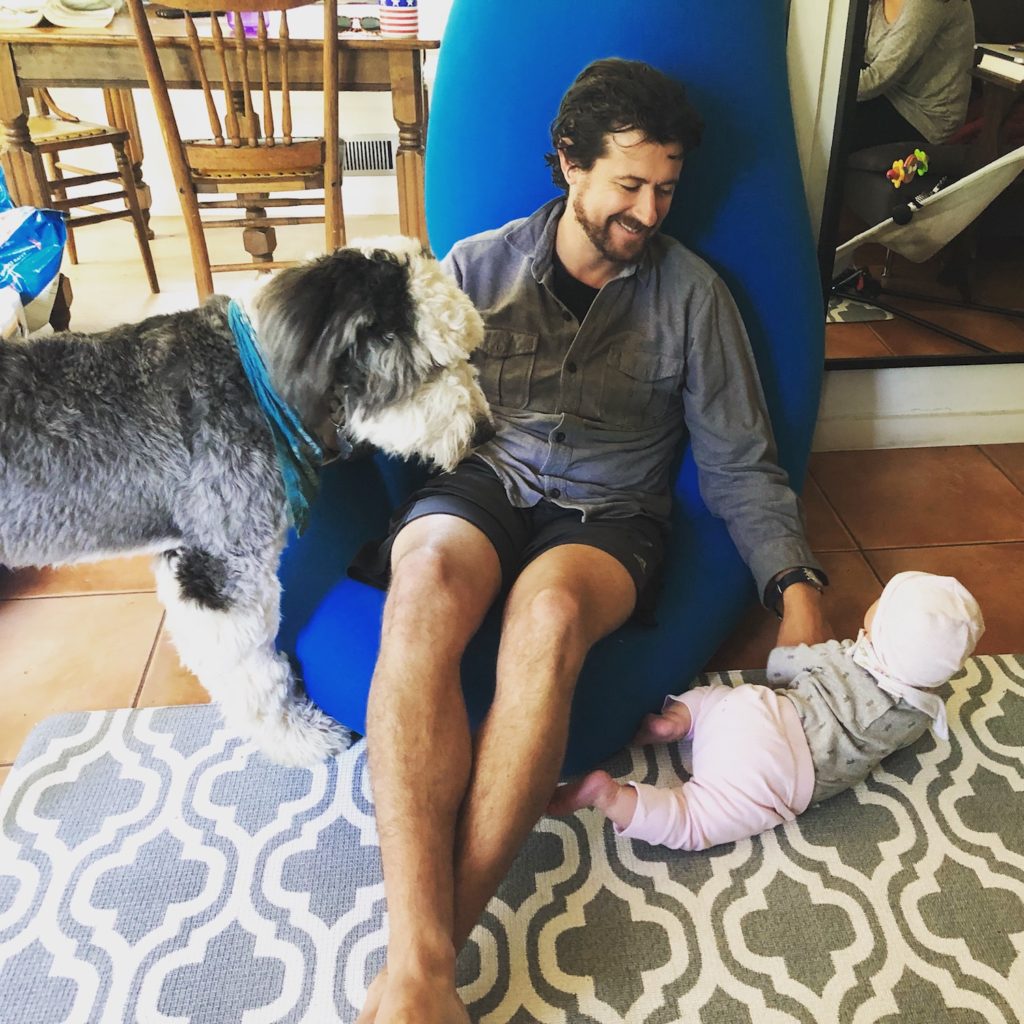
I’m a certified professional dog trainer and would be happy to help you prepare for your grandkids to visit. I can work with you virtually via video conferencing. Please visit my Services page if you are interested.
For related content, please check out Kids and Dogs – Keeping the Peace
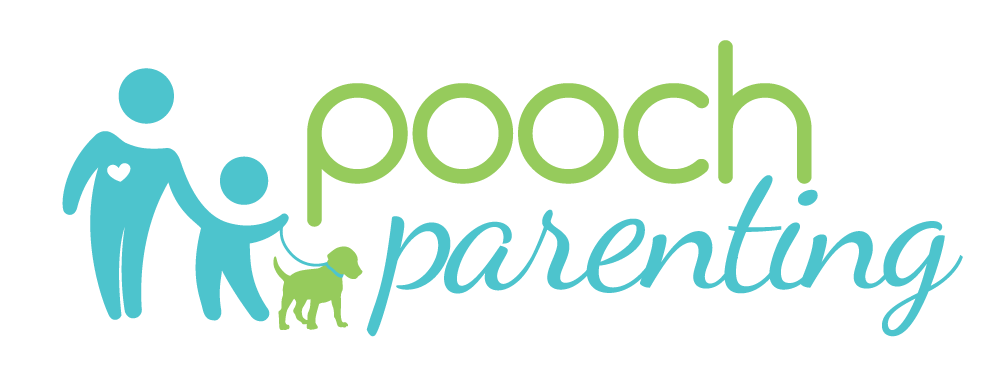
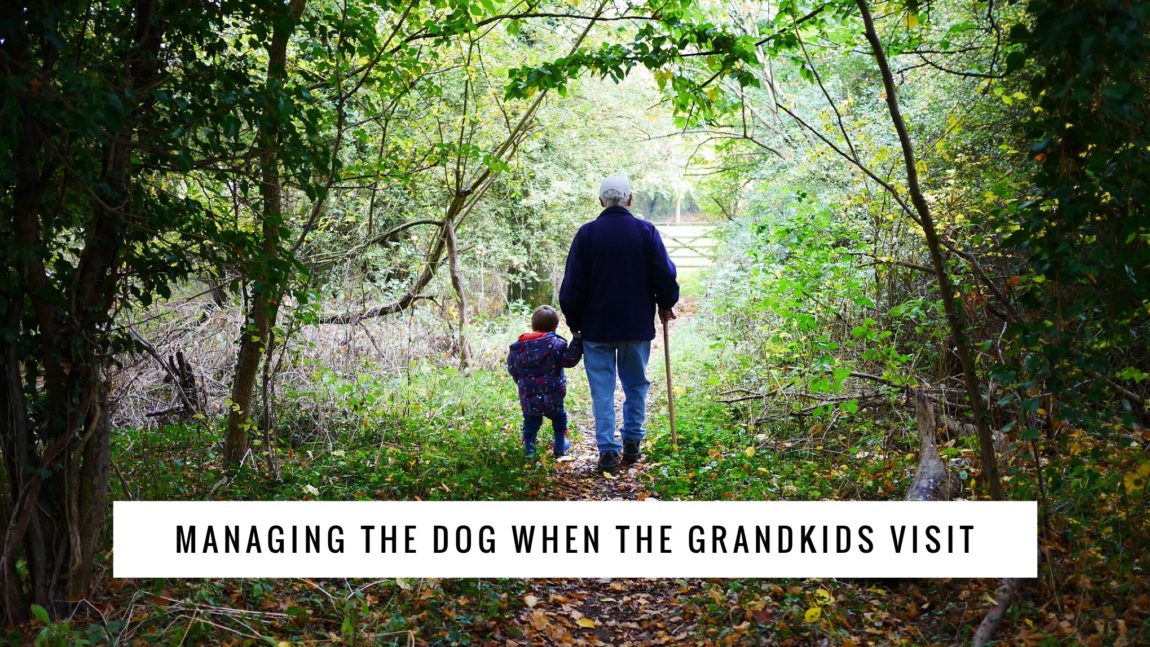
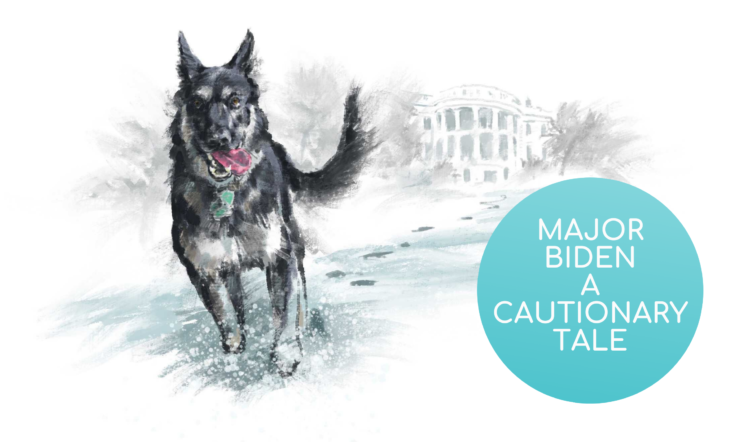
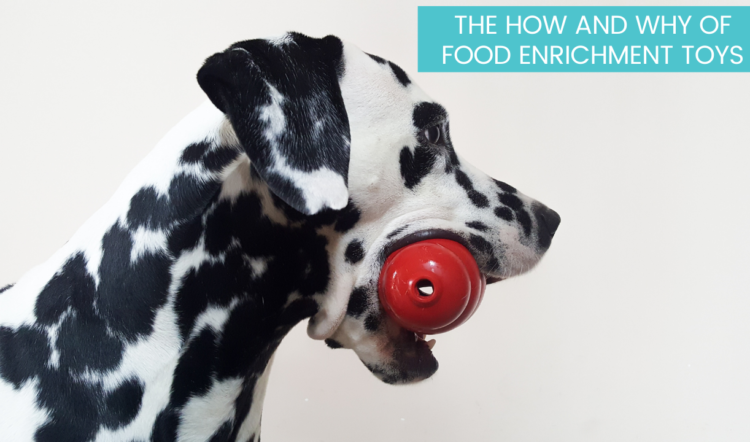
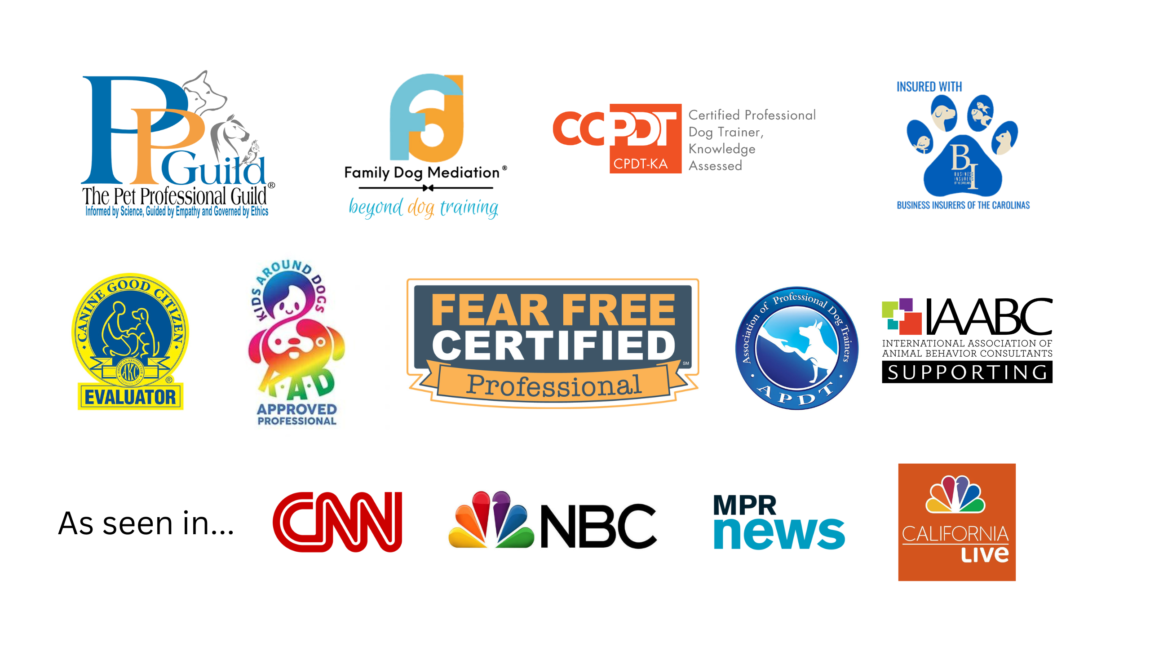
1 Comment
My Wheaten nips at the kids not aggressive, thinks he reacting to there quick movements and he also I think wants to heard them so he nips at them. He has never growled , I think he really loves them and wants to play with them he doesn’t seem in stress he seems very happy and excited there here but his reaction to them is to nip them we tell the girls not to run we have several gates in the house and the girls gate him off and I tell them not to tease him. The oldest is four the youngest is two and the puppy is 15 months.. how can I stop him from nipping at them
Comments are closed.